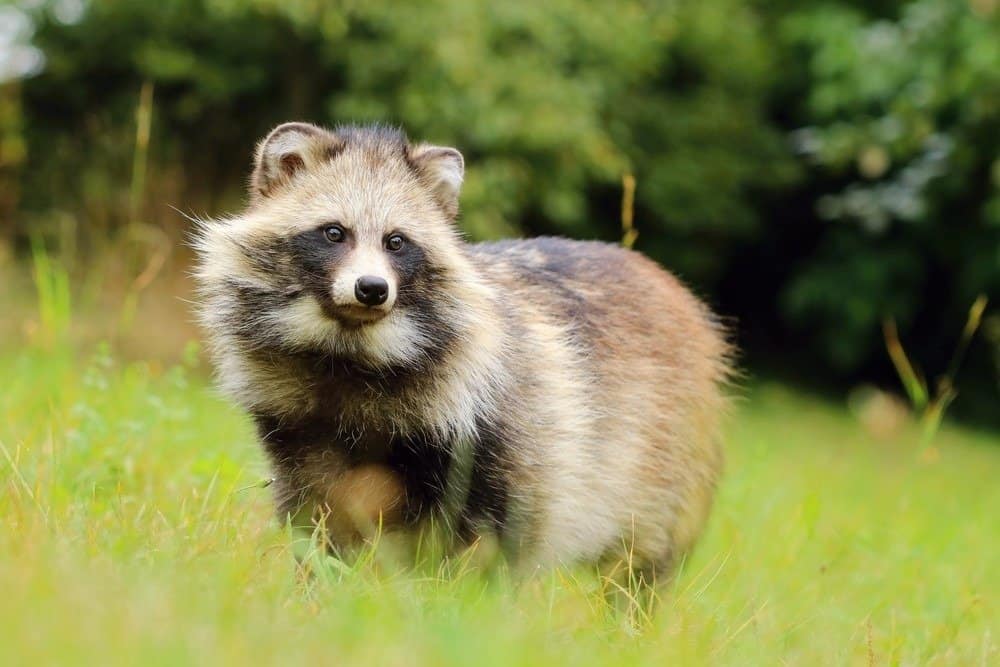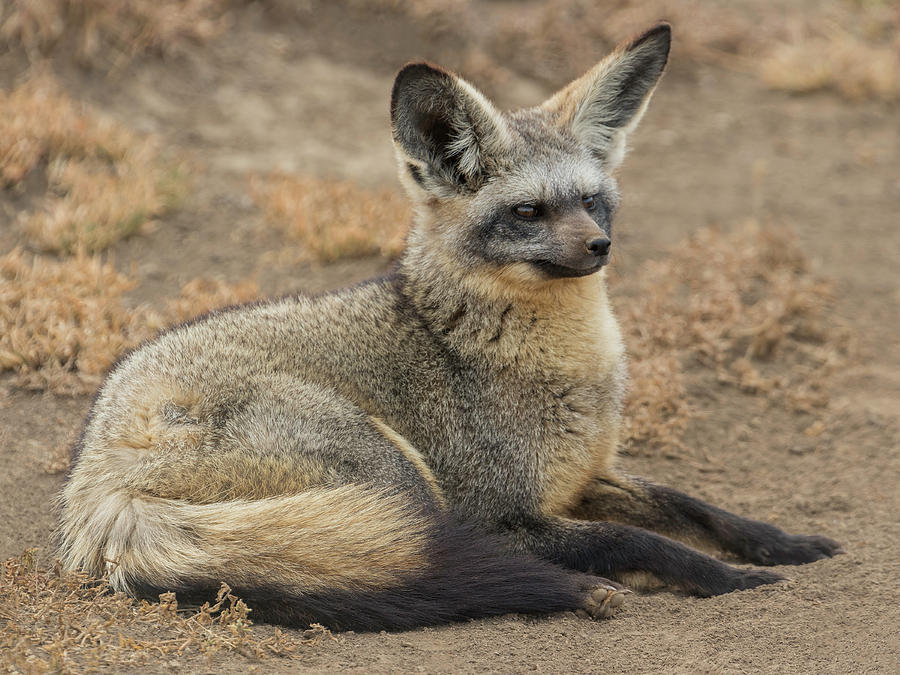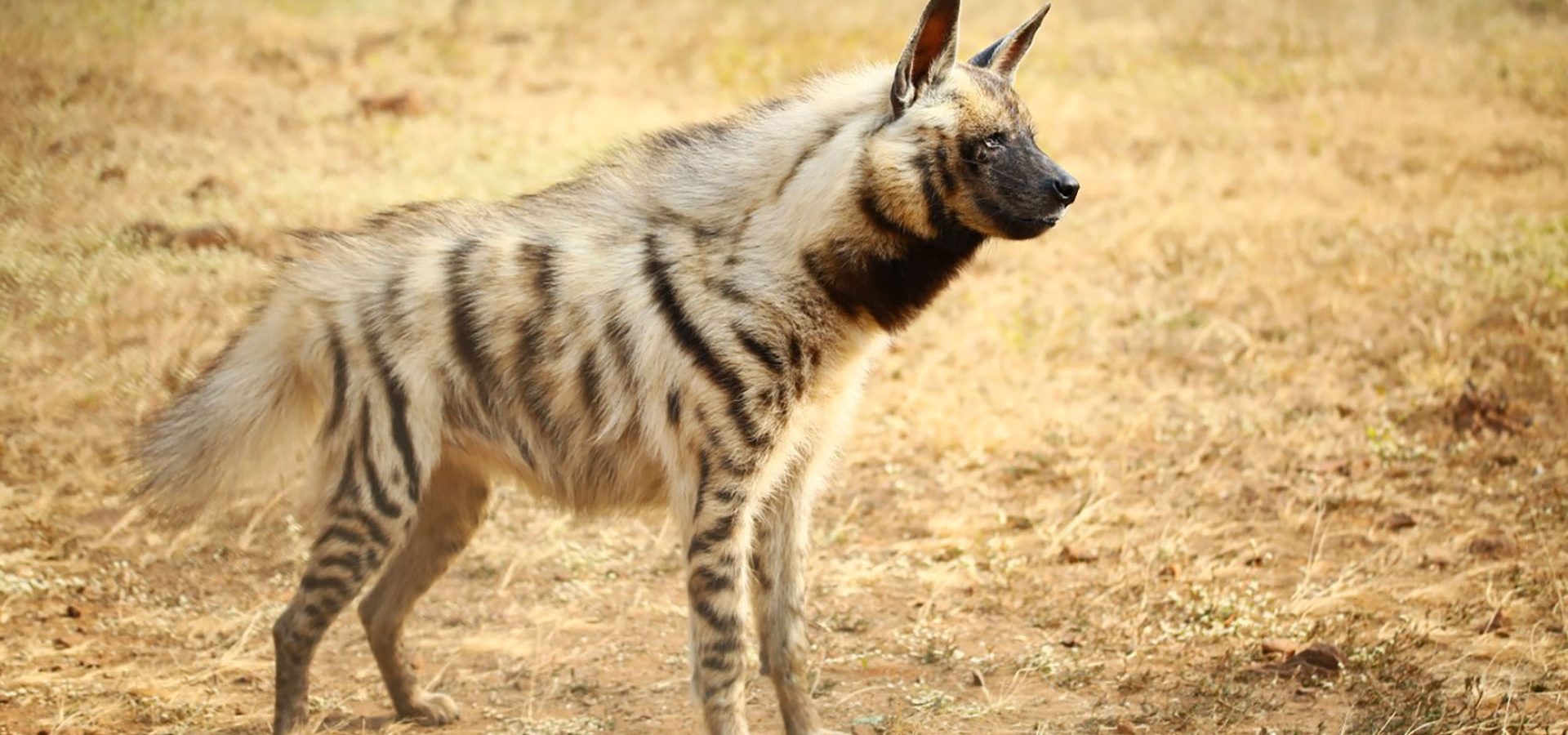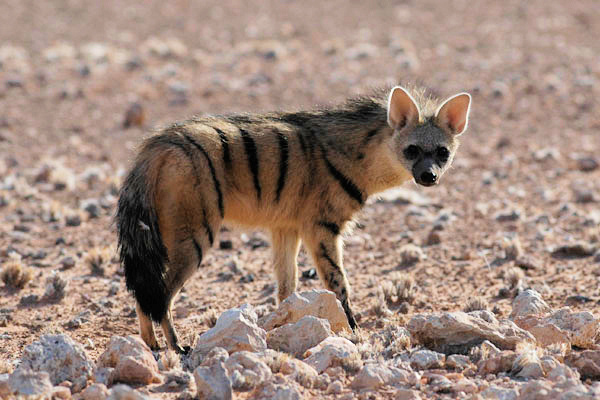Let's go nuts -
Porcupine Pack it is! Standard pack, with four porcupine species that each represent a different continent or habitat.
1.
Indian crested porcupine - The largest and most familiar of the four porcupines here that represents Asia; they have a very broad biome tolerance that includes desert, grassland, temperate and tropical environments and they are among the more commonly-kept of the crested porcupines in real zoos.
2.
North American porcupine - Found in the temperate and taiga forests of North America, which would add a highly cold-tolerant species to the game which would be capable of climbing.
3.
Prehensile tailed porcupine - Another climbing species, this time representing the rainforests of South America; they could use the same tail-hanging behaviour as the binturongs, are one of the most unusual/hilarious looking of all the porcupines and the bright orange babies are ridiculously cute.
4.
African brush tailed porcupine - Represents the jungles of Africa; they are able to be kept in both indoor and large outdoor enclosures, can live in mixed enclosures with a variety of other smaller mammals and are even suitable for walkthrough enclosures.
Exhibit)
Crau Plain grasshopper - A bit of an odd choice as the exhibit animal, but this Critically Endangered grasshopper from a tiny area of arid grassland in France formerly had the scientific name
Prionotropis hystrix - hystrix being the Ancient Greek word for porcupine. Couldn't find any land animal with porcupine in its name and this species has a captive breeding programme at Thoiry Zoo in France and Bristol Zoo in England, so it works.
The vegetation that would come with this pack all, just like the porcupines, use spines in order to defend themselves:
- Gorse bush Ulex europaeus: A common European spiny plant often used in hedging and is almost constantly producing brilliant yellow flowers
- Sea-buckthorn Hippophae rhamnoides: A widespread plant of coastal and mountain habitats across Europe and North and Central Asia
- Honey locust Gleditsia triacanthos: A North American plant that evolved spikes probably as a defence against extinct herbivores such as mammoths
- Madagascar ocotillo Alluaudia procera: A major component species of Madagascar's famous spiny forest
- Spiny tree fern Cyathea manniana: A tree fern from the Central African rainforest with sharp thorns running up its trunk
- Walking palm Socratea exorrhiza: A South American tropical palm with long spiny roots that raise the entire trunk away from the ground
Not certain what building items there would be other than the obvious animal picture boards, although it could include some examples of Native American quillwork.







